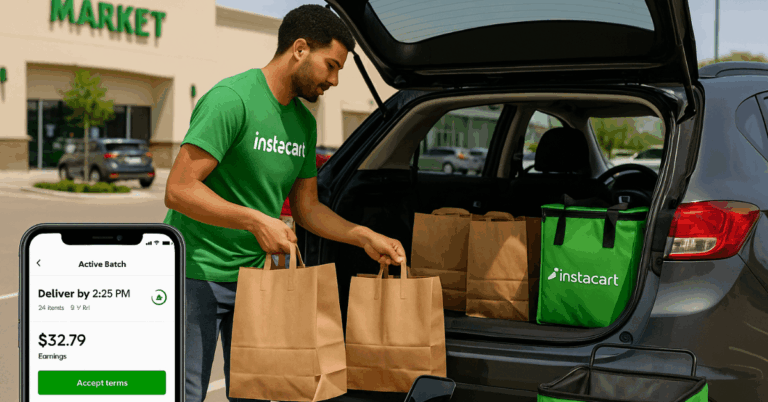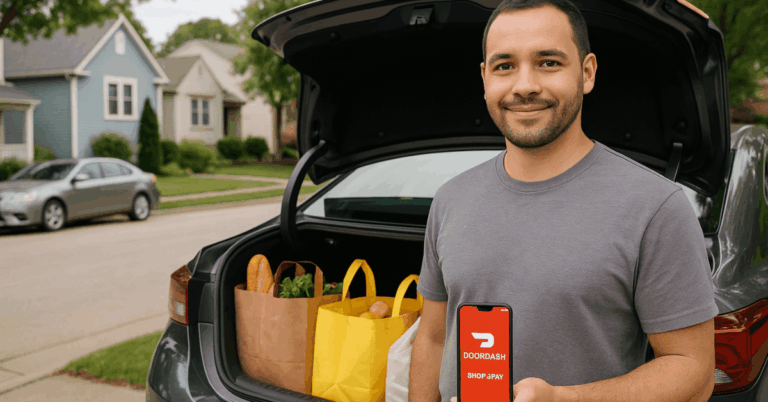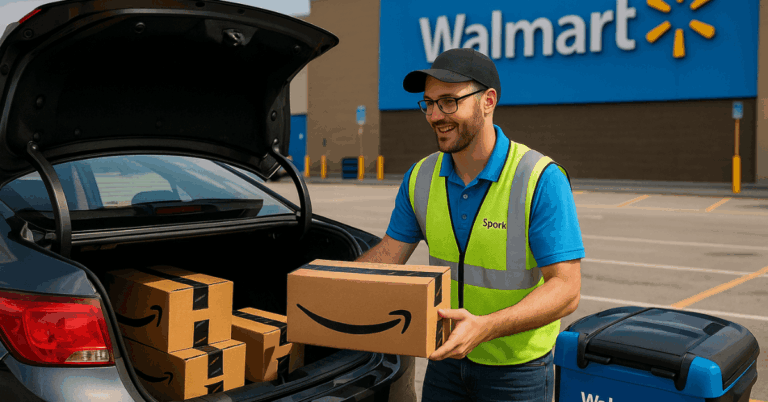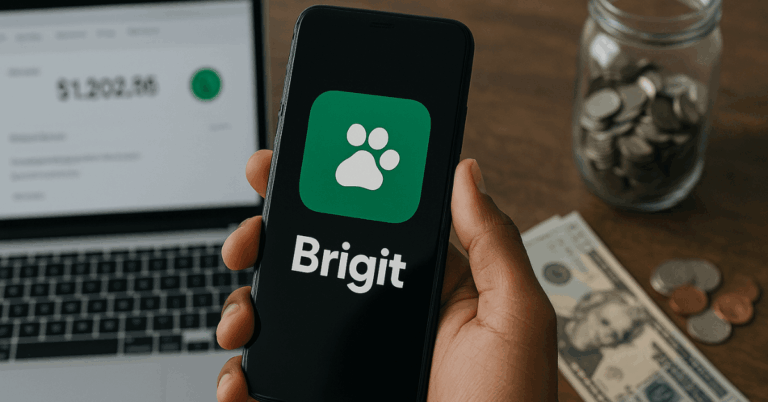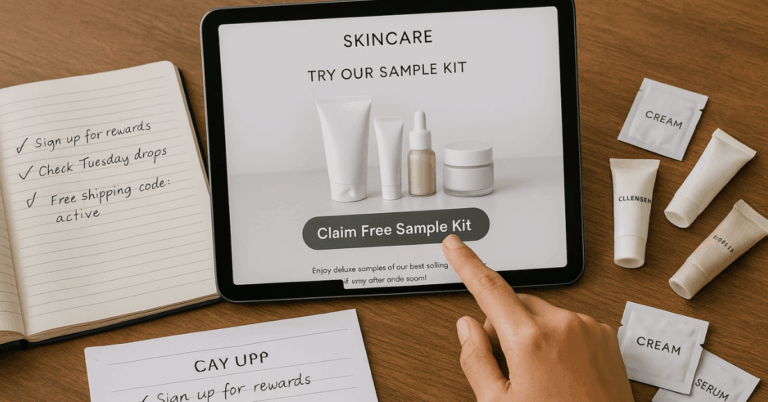Public transportation is the backbone of urban mobility in Europe. In cities like Paris, Brussels, and Geneva, relying on trains, buses, trams, and metros is a daily routine for millions.
Whether you’re a tourist or local, navigating these systems can be overwhelming without the right tools. That’s where public transport apps in Paris, Brussels, and Geneva make a difference.
In this article, you’ll explore how efficient public transport systems are in these three cities.

Understanding Public Transport in Paris, Brussels, and Geneva
Each city has a unique transportation network designed to serve a high volume of commuters daily.
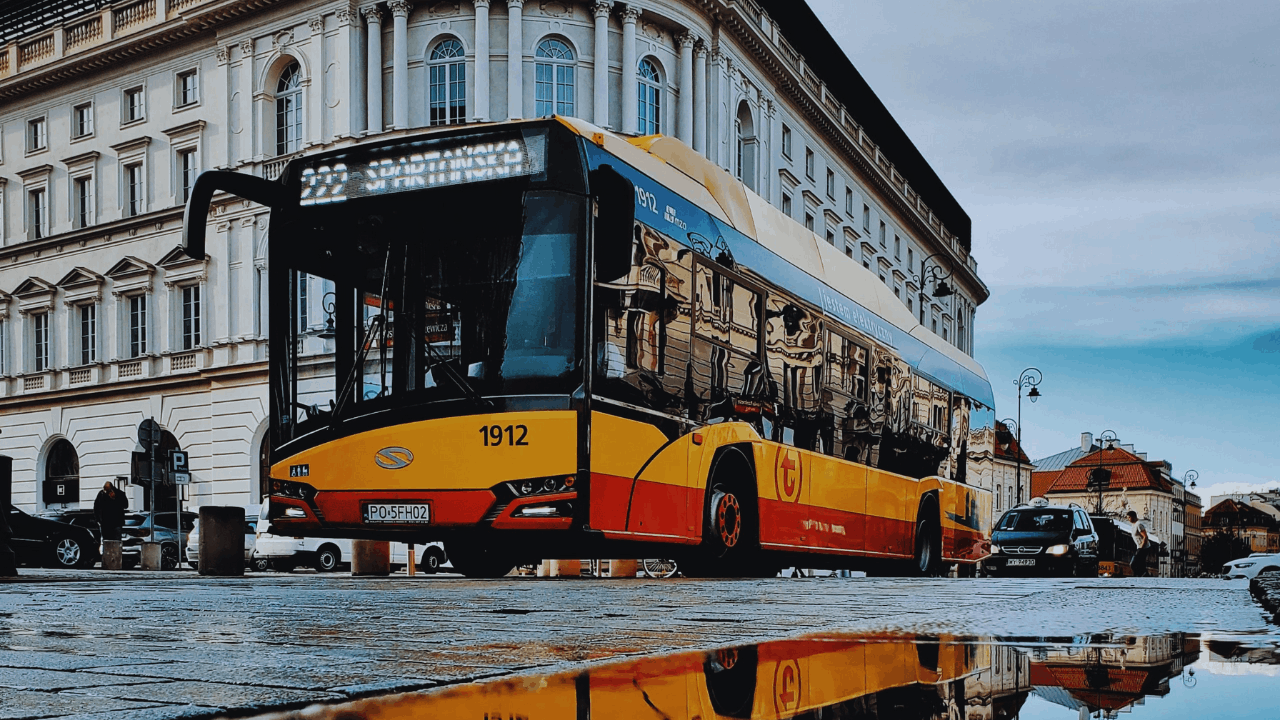
Paris operates one of the world’s densest metro networks. Brussels features an integrated system of trams, buses, and metros.
Geneva, although smaller, offers a modern and punctual network that covers both the city and its surrounding areas.
These systems are efficient, but understanding how to navigate them often requires more than a simple map.
Public Transportation in Paris
Paris offers a massive metro system with over 300 stations and connections to buses and RER trains.
With high-frequency services, travel times are short, but changes in lines and busy stations can be confusing. Information updates during delays or strikes are crucial for daily commuters and tourists alike.
Brussels’ Mobility Options
Brussels operates the STIB-MIVB network, consisting of metro, tram, and bus services. Despite being smaller than Paris, the city’s traffic congestion makes public transport less reliable.
Real-time route updates and integration with train schedules are especially useful for those who commute across regions.
Getting Around Geneva
Geneva’s public transport, managed by TPG, is known for its punctuality and integration with Swiss national trains.
Its multilingual environment can make signage challenging for newcomers. Apps become especially helpful for route optimization and multilingual support.
Why Public Transport Apps Make Commuting Easier
Digital tools are no longer just a convenience—they’re a necessity in today’s urban travel.
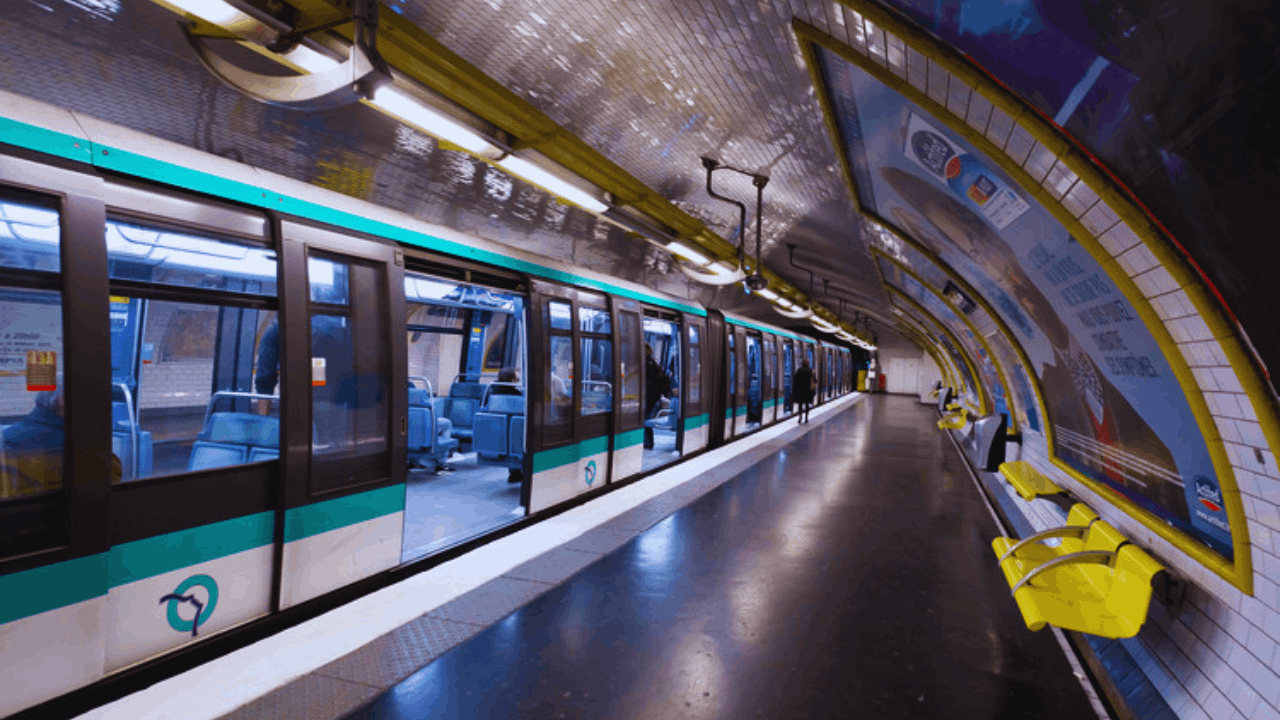
Public transport apps simplify planning and real-time navigation in complex city networks. They help reduce waiting time, offer detour suggestions, and allow you to anticipate disruptions.
Apps often offer features like live maps, ticket purchases, and alerts for construction or protests. These functions are valuable in cities that experience frequent transit changes.
Most apps also track walking time between transfers, making them more accurate than static maps. With a reliable app, you’re less likely to miss a connection or arrive late.
Real-Time Information
One of the biggest advantages of using transport apps is access to real-time updates.
Timetables posted at stations can quickly become outdated due to delays or system issues. With live updates, you get accurate ETAs and alerts about disruptions.
Multimodal Integration
Modern apps don’t just show bus times—they integrate multiple modes of transport. Whether you’re combining metro, train, and a bicycle rental, these apps give you one seamless route.
This is essential in cities like Brussels and Paris, where options are broad and interconnected.
Accessibility Features
Good transport apps support those with disabilities by including lift statuses and wheelchair-friendly routes.
They also feature language settings and voice instructions, helping tourists and non-native speakers navigate unfamiliar systems with ease.
What to Look for in a Public Transport App
The best public transport apps do more than display routes. They include user-friendly designs, minimal loading times, and customizable settings.
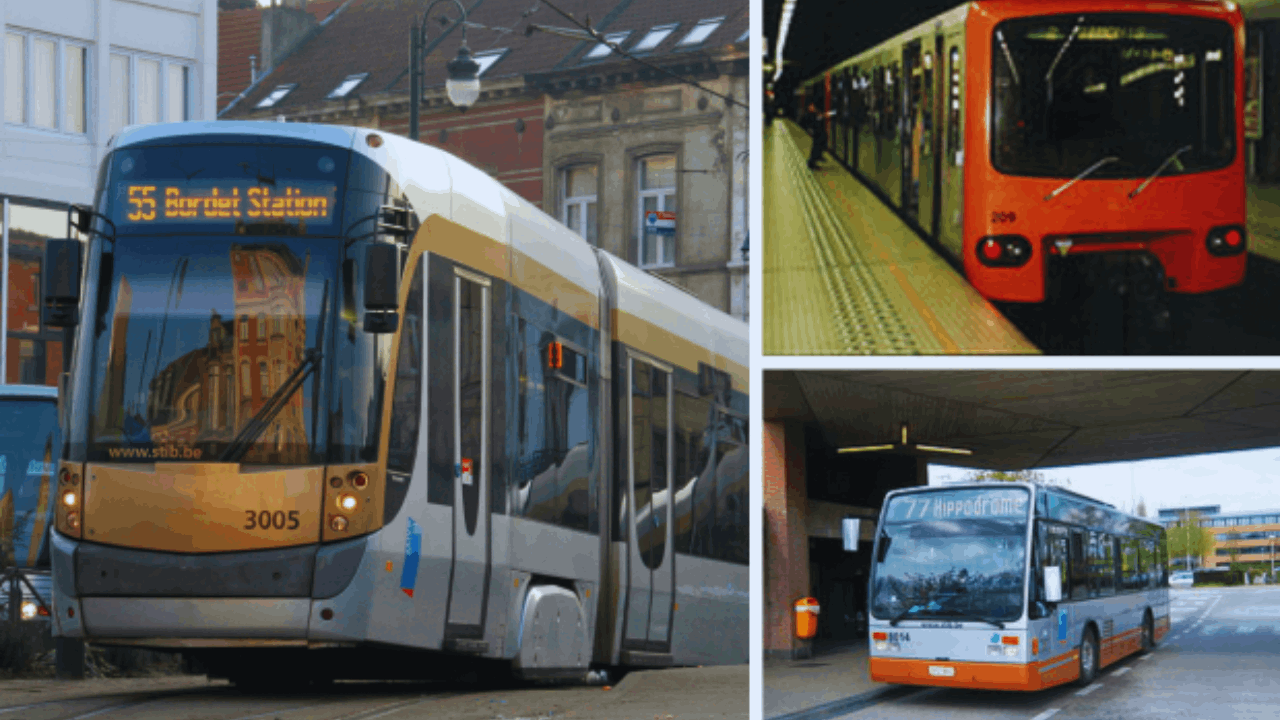
A good app must cater to both locals and international visitors, offering clear directions and ticketing options.
Accuracy and stability are critical for any transport app. Lagging or poorly updated apps can lead to missed trains and longer commutes.
Apps should also work offline or offer downloadable maps for tourists without data plans. Security in payment gateways and respect for privacy are additional aspects to consider.
User Interface and Usability
An intuitive interface makes a huge difference when you’re in a rush. Buttons, search bars, and menus should be easily accessible and navigable.
Cluttered designs lead to slower response times, especially when switching between modes or rerouting.
Language and Localization Support
For travelers, having an app that supports English, French, and other regional languages is important.
Apps that adapt based on user location or let users choose their city manually are more efficient. This is especially useful in Geneva, where multiple languages are spoken.
In-App Payment and Pass Integration
Some apps allow you to buy tickets or even store monthly passes. Having this functionality built in avoids the need to wait in line or use multiple services.
The fewer steps it takes to access a ride, the better the user experience becomes.
Best Public Transport Apps for Paris
In Paris, navigation apps need to keep up with the complexity and density of the city’s infrastructure.
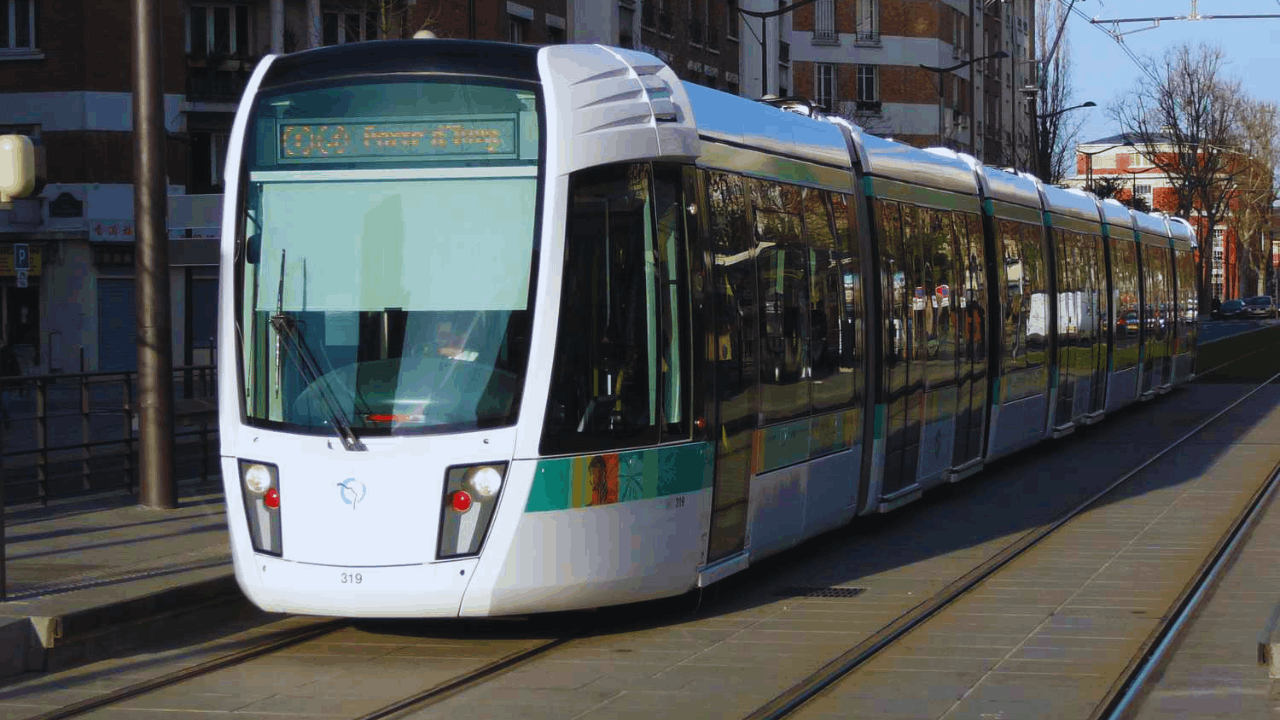
The best apps offer real-time data for metro, RER, buses, and suburban trains. They also support navigation for pedestrians and cyclists.
Citymapper Paris
Citymapper is widely popular for its comprehensive coverage of the Paris transit system.
It includes metro, buses, RER trains, and Velib’ bikes. The app displays real-time arrivals, walking distances, and transfer options in a clear and intuitive layout.
Bonjour RATP
Bonjour RATP is the official app of Paris’ transport operator. It provides live schedules, ticket purchases, and disruption alerts.
It also supports journey planning that includes walking, cycling, and electric scooter options.
Best Public Transport Apps for Brussels
Brussels requires a transit app that can handle language variation and regional transitions.
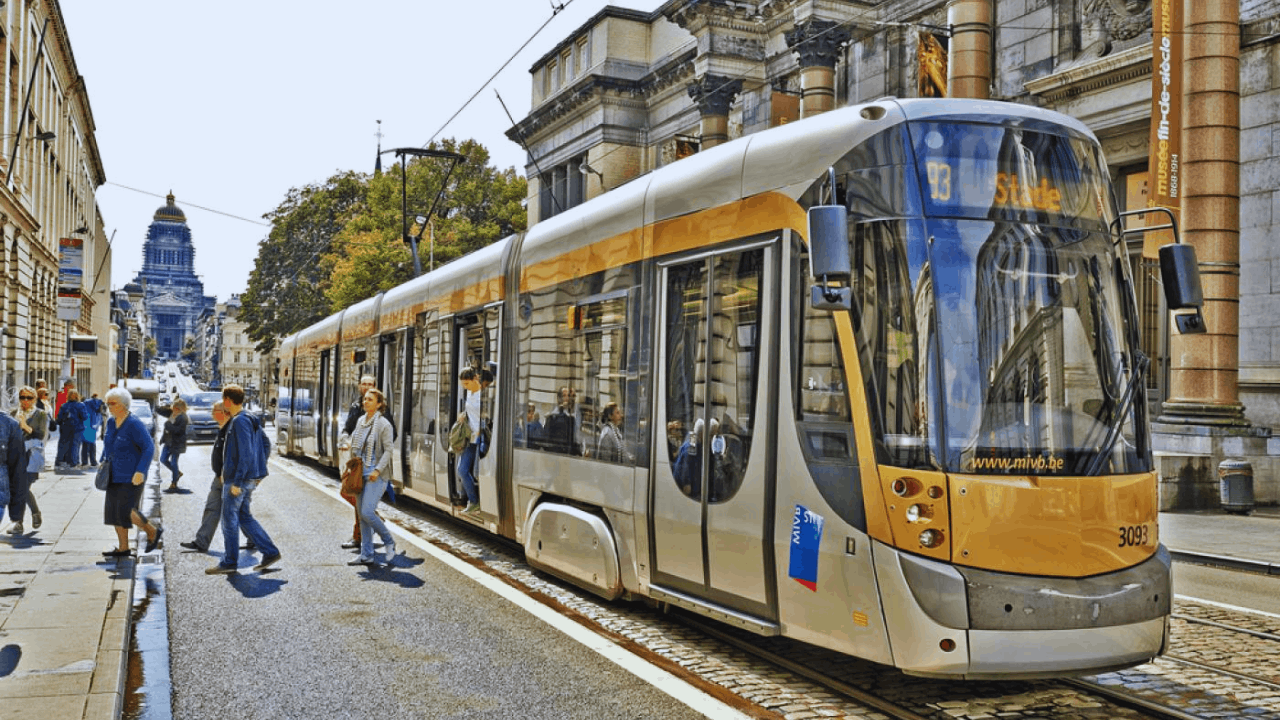
Most apps must cover STIB, SNCB trains, and even the shared mobility ecosystem. Efficiency in transfer timing is key for daily travelers.
STIB-MIVB Official App
This app directly connects you to Brussels’ primary public transport provider. It offers route planning, real-time tracking, and mobile ticketing.
It’s optimized for both French and Dutch users and supports NFC pass validation.
SNCB/NMBS App
For those traveling between Brussels and nearby cities, the SNCB/NMBS app is essential.
It includes national rail services with real-time updates and platform information. It’s ideal for intercity commutes or weekend travel across Belgium.
Best Public Transport Apps for Geneva
Geneva’s system is highly efficient, but for newcomers or tourists, an app ensures they don’t miss a tram or transfer.
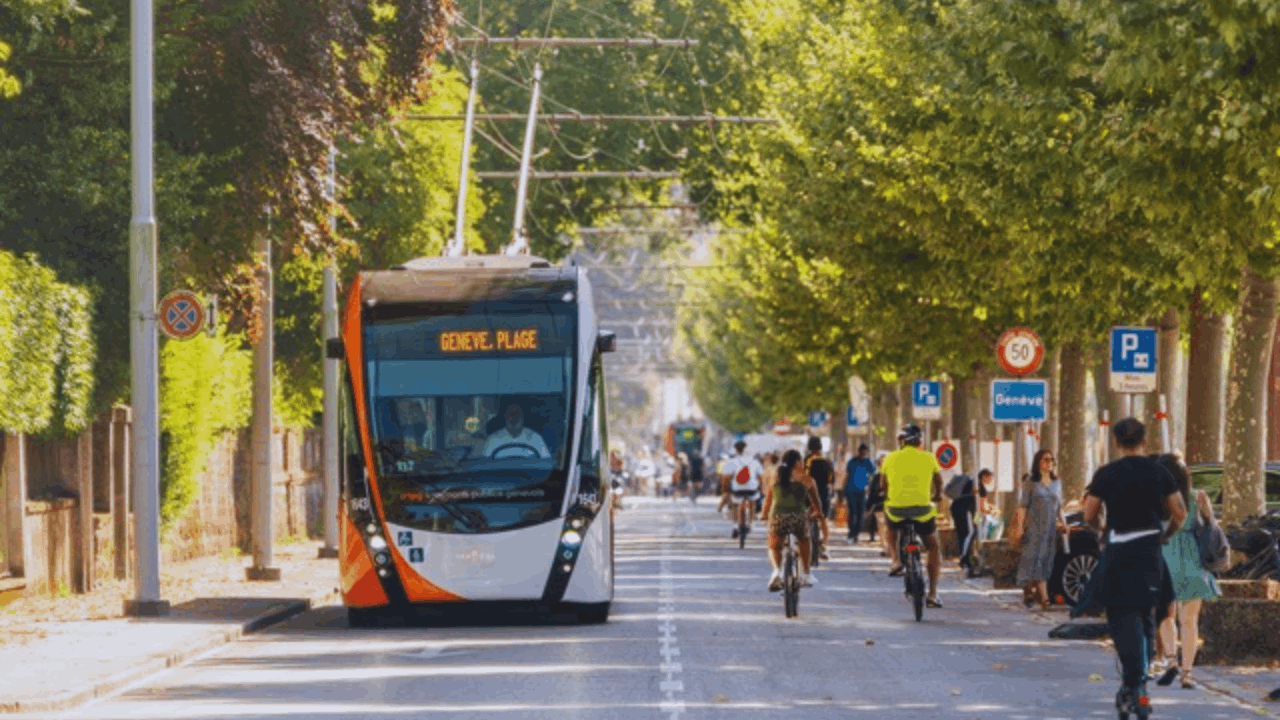
Language support and route reliability are two of the most essential features in this multilingual city.
TPG Official App
The TPG app covers all trams, buses, and boats in Geneva.
It gives you route options based on your current location, includes ticket purchasing, and supports alerts for service changes. The interface is clean and supports multiple languages.
SBB Mobile
SBB Mobile is perfect for combining local Geneva transport with Swiss-wide rail travel.
It allows you to plan cross-country journeys starting or ending in Geneva. It’s a top pick for professionals and tourists moving between cities.
Why Localized Transport Apps Are More Reliable Than Global Alternatives
While apps like Google Maps offer broad support, they often lack the nuance of city-specific transit apps.
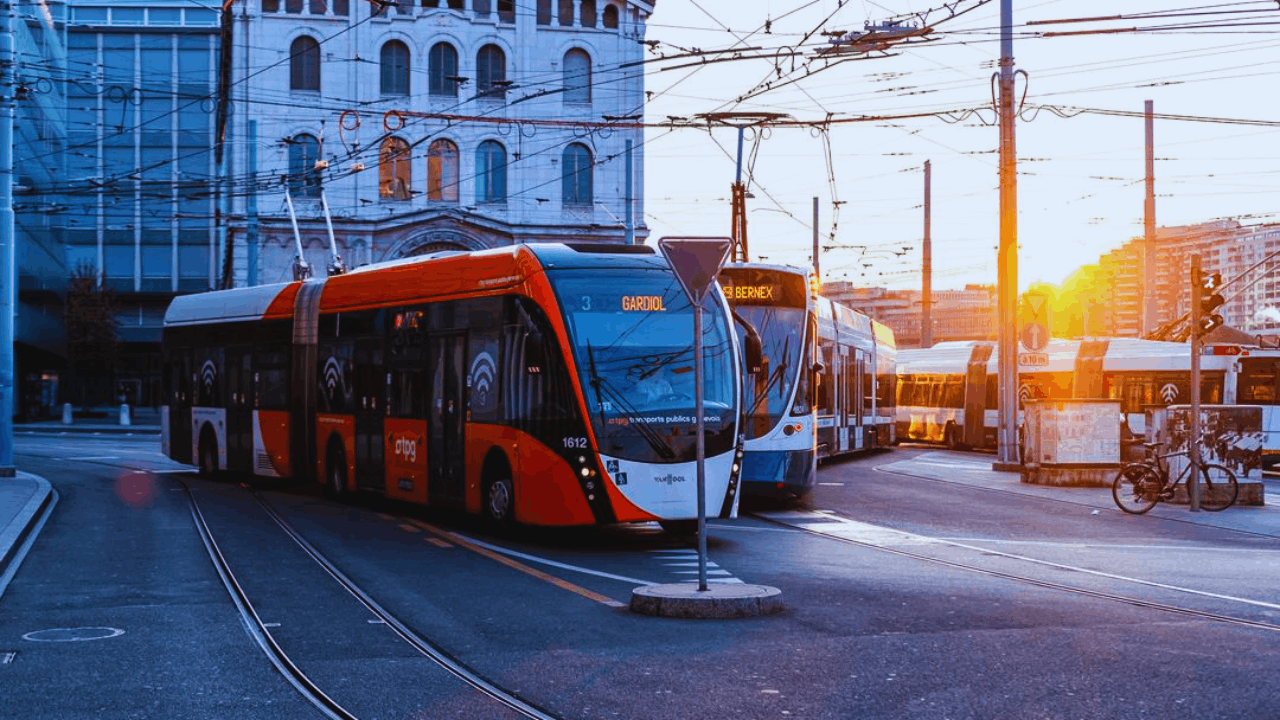
Local apps receive more frequent updates and deeper integration with ticketing systems. They’re also better at showing disruptions caused by strikes, parades, or weather.
In contrast, general apps may overlook minor route changes or miscalculate transfer times. The difference in accuracy becomes clear during rush hour or system maintenance.
For frequent travelers or city residents, using local apps translates to better planning and less frustration.
Tailored Notifications and Alerts
Localized apps provide highly specific push alerts. These include announcements in the local language and direct updates from the transport authority.
They’re faster to deliver changes than generalized apps with less regional focus.
Compatibility with Local Mobility Passes
Only city-based apps can support contactless cards, QR tickets, or monthly subscriptions native to the area.
These integrations save time and simplify access for regular users. Some even offer auto-renewal or direct refunds during service outages.
Conclusion
Navigating public transportation is easier when you use the right digital tools. Public transport apps in Paris, Brussels, and Geneva streamline commuting, provide real-time updates, and enhance your daily travel experience.
Whether you’re visiting or commuting regularly, picking the right app can reduce delays and make your journey more predictable.
